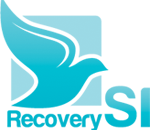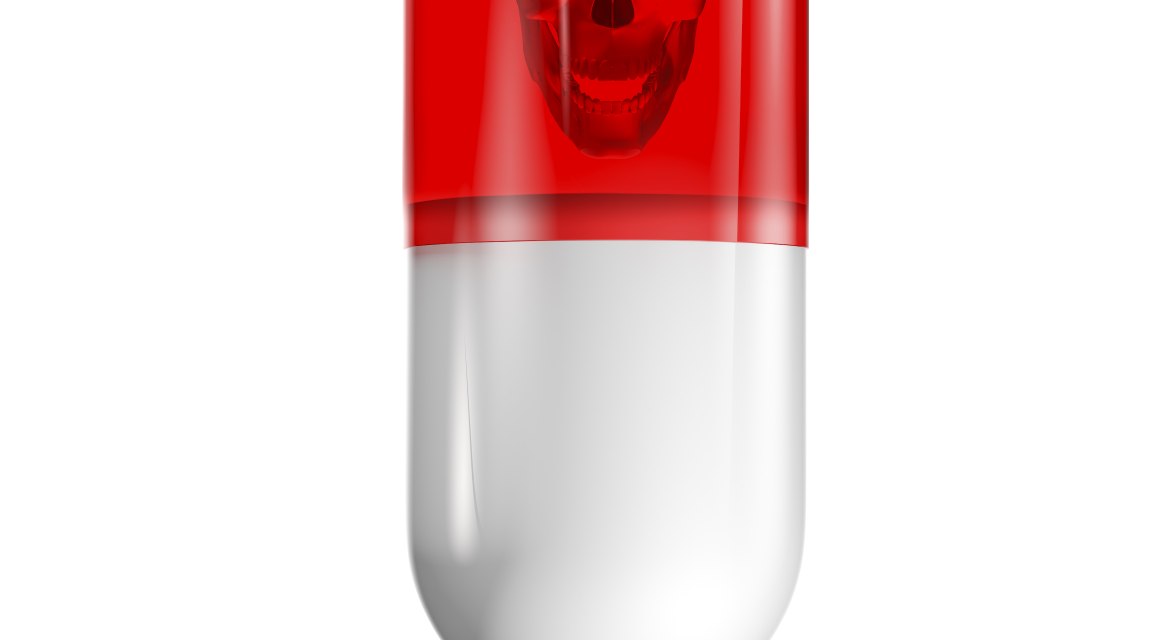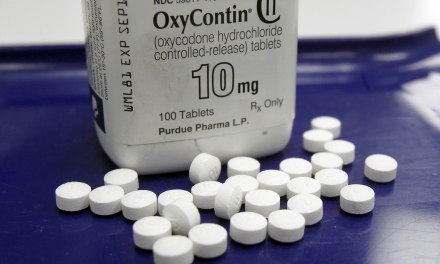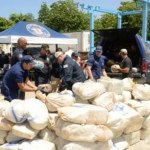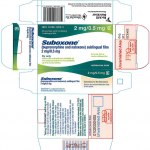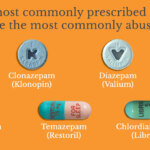This one we could see coming: Problems confirmed for an ambitious Canadian program aimed at reducing some of the most severe consequences of opioid overdose, simply by providing users with an alternative supply of medically prescribed, high-quality opioids.
In this case, it’s hydromorphone, better known by the brand name Dilaudid. The project itself was named “Safer Supply.” Hopes were (no pun intended) high.
But difficulties emerged early on. We wrote about these late last year.
Now comes a formal report on the program’s outcomes — this link is from JAMA:
Safer Opioid Supply, Subsequent Drug Decriminalization, and Opioid Overdoses
To quote from the article — “…[the] study found that the safer opioid policy was associated with a statistically significant increase in opioid overdose hospitalizations but no change in overdose deaths.”
Translation: Safer Supply, for all its good intentions, appears to have had no positive effect on the number of opioid-related deaths, while hospitalizations were even more common than before.
The problem was diversion of the prescribed opioids. Even early on, there was evidence that as much as 25% of the meds being distributed to users were being put to other uses– for the most part, either re-sold or traded on the black market.
Why? Because Dilaudid, especially in its original packaging, is widely perceived as higher quality and less potentially dangerous than street dope, so it brings a premium in terms of price or its equivalent value in trade. A user could count on a better exchange rate for the Safer Supply medication, whether the return was in cash or heroin, fentanyl, whatever.
And that was anything but safer. Deaths by accidental overdose continued to mount.
The only surprise was that the number of hospitalizations increased. As the article notes, that may have been because participants in Safer Supply felt more comfortable seeking healthcare, since they now viewed themselves as medical patients.
Anyway, back to the drawing board.
